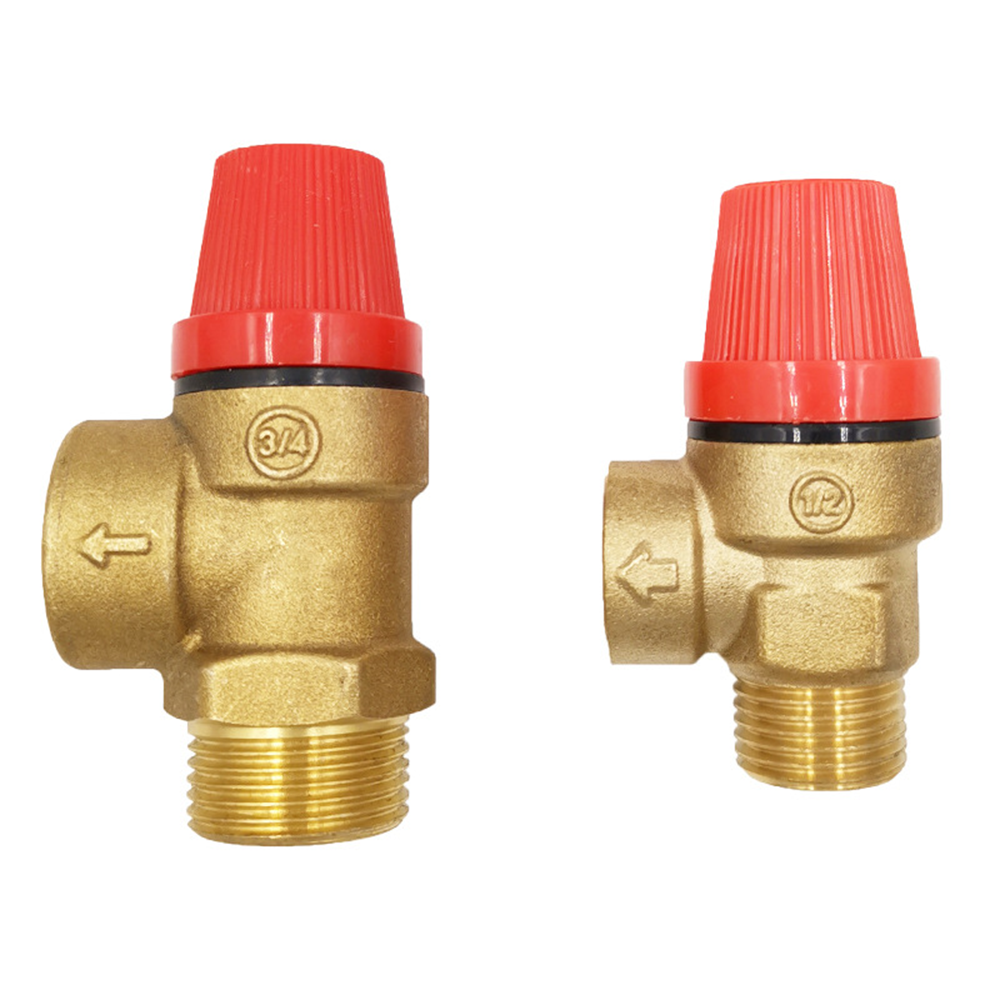Choosing the right valve for your plumbing system can be confusing, especially when terms like PLV and PRV sound so similar. Picking the wrong one could lead to system failures, costly repairs, or unsafe pressure levels. Don’t worry—our guide breaks down the differences clearly, helping you make smart choices for your projects. Read on to solve this valve puzzle!
The difference between a PLV (pressure limiting valve) and a PRV (pressure reducing valve) is that a PLV restricts pressure to a maximum limit for safety, while a PRV lowers and stabilizes incoming pressure for consistent flow. Both regulate pressure but serve distinct purposes in plumbing systems.
This quick answer might spark more questions about how these valves work and why they matter. Stick with us as we dive deeper into their roles, differences, and applications to help you choose the right valve.

What is the Difference Between a Pressure Reducing Valve and a Pressure Restricting Valve?
Understanding the difference between a pressure reducing valve and a pressure restricting valve (often confused with PLV) is key for anyone in plumbing or construction. A pressure reducing valve (PRV) lowers high incoming pressure to a safe, consistent level downstream. It’s like a regulator that ensures your system gets steady water flow without damage from excessive pressure. For example, in a building with high municipal water pressure, a PRV keeps pipes and fixtures safe by reducing pressure to a manageable level.
On the other hand, a pressure restricting valve (sometimes called a pressure limiting valve or PLV) caps pressure to a specific maximum. It’s often used in safety applications, like fire sprinkler systems, where exceeding a certain pressure could be dangerous. Unlike a PRV, it doesn’t stabilize flow—it just stops pressure from going too high. Knowing this pressure reducing valve working principle versus a restricting valve’s role helps purchasing officers and wholesalers pick the right product. At IVALVECRAFT, our PRVs are designed for stable flow, while our safety-focused valves align with restricting needs.
What is a PRV or Pressure Reducing Valve?
A pressure reducing valve (PRV) is a critical component in plumbing systems, designed to lower high incoming pressure to a safe, steady level. Imagine a busy city water supply pushing water at high pressure into a building. Without a PRV, this could burst pipes or damage appliances. The pressure reducing valve symbol in diagrams is a circle with an arrow and a spring, showing its regulating function. PRVs work automatically, using a diaphragm or spring to adjust pressure based on downstream needs.
Why does this matter? For construction projects or DIY chain stores, a PRV ensures consistent water flow, protects equipment, and saves maintenance costs. The pressure reducing valve working principle is simple: it senses downstream pressure and adjusts to maintain a set level. IVALVECRAFT’s PRVs, built with high-quality brass, offer durability and precise control, making them a top choice for wholesalers in Russia, Poland, and the UK. Unlike a pressure relief valve, which releases excess pressure, a PRV focuses on reducing it for steady operation.
What is the Difference Between a Pressure Reducing Valve and a Pressure Sustaining Valve?
The difference between a pressure reducing valve and a pressure sustaining valve often confuses even seasoned professionals. A pressure reducing valve (PRV) lowers high upstream pressure to a safe, consistent level downstream, ensuring steady flow for systems like heating or plumbing. Its job is to protect pipes and fixtures from damage due to excessive pressure. You’ll see the pressure reducing valve symbol in system diagrams, indicating its role in flow control.
A pressure sustaining valve, however, maintains a minimum pressure upstream. It’s used in systems where keeping a certain pressure is critical, like in water distribution networks. For example, if a system needs at least 50 psi to function, a sustaining valve ensures that pressure doesn’t drop below this level, even if downstream demand increases. Unlike a PRV, it doesn’t reduce pressure—it holds it steady upstream. This distinction is vital for procurement officers or wholesalers choosing valves for specific applications. IVALVECRAFT’s range of PRVs and other valves ensures high quality and reliability for projects in Germany, Romania, and beyond.
Summary
Navigating the world of valves can feel overwhelming, but understanding the difference between a pressure relief valve and a pressure reducing valve, or a PRV versus a pressure sustaining valve, makes all the difference. PRVs lower and stabilize pressure for consistent flow, while pressure restricting or limiting valves cap pressure for safety, and sustaining valves maintain minimum upstream pressure. Whether you’re a purchasing officer, wholesaler, or project manager, choosing the right valve ensures system safety and efficiency. For more insights, check out our pressure relief valve diagram or contact us for tailored solutions.
Choose IVALVECRAFT, choose reliable partner, enjoy the high quality and best service.


